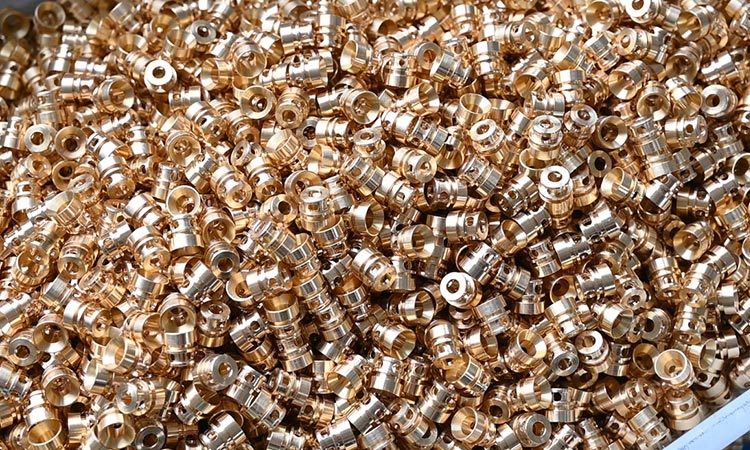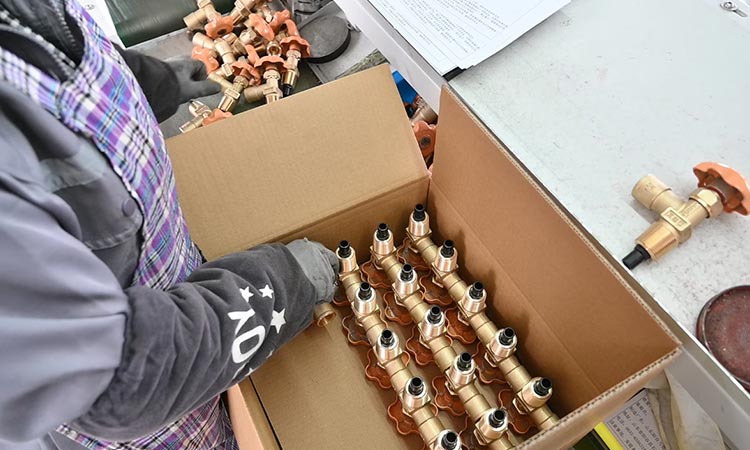In industrial gas systems, the cylinder valve functions not only as a control unit, but also as the primary safety interface of the entire high-pressure containment system. The selection of the valve must be strictly based on the working pressure and physical characteristics of the gas, and it must comply with the applicable national and international technical standards to ensure safe, stable, and traceable operation under actual conditions.

1. Pressure as the Primary Variable in Valve Selection
Charging pressure is the foremost determinant of the valve’s structural type, strength grade, sealing mechanism, and material selection. Below is a reference of common industrial gases under standard ambient temperature (15°C):
| Gas Type | Typical Filling Pressure (MPa) | Phase Characteristics | Key Safety Focus |
| O₂ | 15–20 | Gaseous, strong oxidizer | Material compatibility, contamination prevention, dual sealing |
| N₂, Ar | 15–20 | Gaseous, inert | High-pressure endurance, valve body strength, seal reliability |
| CO₂ | 5–6.4 | Near-critical, liquefiable | Anti-freeze blockage, liquid backflow protection |
| C₂H₂ | <1.8 | Dissolved in medium, low pressure | Anti-flashback, outlet direction, low-pressure rated body |
| LPG | 0.5–1.6 | Stored as liquid | Leak prevention, left-hand thread interface safety |
| H₂ | 10–20 | Gaseous, high diffusion | Gas permeability resistance, tight thread tolerances |

2. Matching Valve Structure to Pressure Grades
1) High-Pressure Valves (≥15 MPa)
Applicable Standards:
Chinese Standard GB 15328.1-2021: Cylinder Valves — Part 1: For Steel Cylinders
ISO 10297:2014: Gas cylinder valves — Specification and type testing
Design Highlights:
Materials: Forged brass, stainless steel, or composite valve bodies
Threads: G5/8″, W21.8×1/14″, compliant with DIN 477, CGA, BS 341, etc.
Sealing: Metal-to-metal + elastomeric redundant sealing; pressure fatigue verified
2) Medium-Pressure Valves (2–10 MPa)
Applicable Standards:
Chinese Standard GB 15328.2-2021: Cylinder Valves — Part 2: For Liquefied Gases
ISO 14246:2014: Periodic inspection and testing of cylinder valves
Key Requirements:
Design for gas-liquid mixed-phase flow; optional reflux protection
Closure mechanism must withstand over 5,000 cycles with no leakage
3) Low-Pressure Valves (<2 MPa)
Applicable Standards:
ISO 15995:2006: LPG cylinder valves — Specification and testing
EN ISO 14245:2010: Self-closing valves for LPG cylinders
Safety Considerations:
Built-in flame arrestors, anti-flashback internal structure
Left-hand threads (e.g., M22×1.5 LH, W20×1/14″ LH) to prevent gas-type confusion
Cold temperature adaptability (startup below -20°C without failure)

3. Chunhe’s Standards-Based Design and Manufacturing Approach
At Chunhe, valve design and production follow the following mandatory and recommended technical frameworks:
National Compliance:
GB 15328 Series for cylinder valves
GB/T 9251 for hydraulic pressure testing methods
International Conformity:
ISO 10297, ISO 15995, EN ISO 14245, ISO 17871 (for safety relief devices)
Manufacturing Control:
Internal process precision requirements 20% stricter than GB/ISO standards
Key tolerances: Thread coaxiality ≤ 0.02 mm, sealing surface runout ≤ 0.02 mm
Processing Equipment:
Dedicated CNC threading machines
Hybrid sealing face centers for long-term repeatability
Full traceability for interface standard (CGA/DIN/UNI) differentiation in parallel production
Chunhe can also assist with CE (PED), DOT, and ISO conformity documentation where required for export.
4. From Pressure Classification to Structural Matching: A Step-by-Step Methodology
Confirm gas physical and chemical characteristics
— Phase, flammability, oxidization potential, liquefaction
Define pressure operating range
— Nominal filling pressure, service pressure, design margin
Select applicable standards per market
— Choose GB, CGA, DIN, UNI, or ISO interface standard
Match materials and mechanical design accordingly
— Thread design, left/right rotation, sealing mechanism
Verify via simulation and testing
— Pressure resistance, sealing test, fatigue validation, burst testing
5. Final Note
A cylinder valve is not a generic accessory—it is an engineered pressure safety boundary. Selection must not be based on model reuse or general catalog listings, but on the physical logic of gas behavior and engineering standards.
Chunhe’s products are built on the triad of:
working condition adaptation,
standards consistency, and
repeatable manufacturing precision.
We believe that reliability is not claimed—it is demonstrated, in every technical decision and every part delivered.

